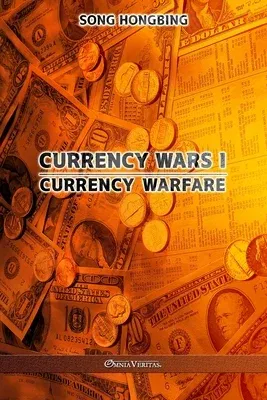Money, by its very nature, is a claim to wealth, and people hold money,
the equivalent of a receipt for holding wealth. What is wealth? What
form of wealth is used to issue money as collateral determines the
nature of the currency. The most widely accepted form of wealth is
currency. Wealth, but also currency, is the fruit of human labour. The
commodity property of the commons is, in essence, the property of
labour. Over the 5,000 years of human civilization, more than 2,000
commodities have taken on the role of currency, and the market has
evolved to phase out other currencies, eventually choosing gold and
silver as the ultimate representatives of wealth. No matter what region,
no matter what civilization, no matter what religion, gold and silver
formed the currency as the most widely accepted form of wealth. The gold
and silver at this time is both the claim to wealth and the wealth
itself.
Even though people have gradually forgotten the gold behind the paper
money receipts in the long process of being brainwashed, gold, after
all, restricts the over-issuance of receipts, because when there are too
many receipts, sooner or later people will be interested in the gold
that these receipts can claim. Bankers, as the rule makers of the money
game, did not like gold as collateral for paper money, either because it
was not enough to satisfy the inflation of paper money desires, or
because it did not generate interest income. The idea that bankers would
prefer to replace gold with an asset that would never run out and would
be viable is a tempting one, and after 1971, the demonetization of gold
was in fact an unequal treaty unilaterally imposed on others by the
rule-makers of the money game. Thus, we were introduced to an entirely
new form of money: sovereign credit money.


